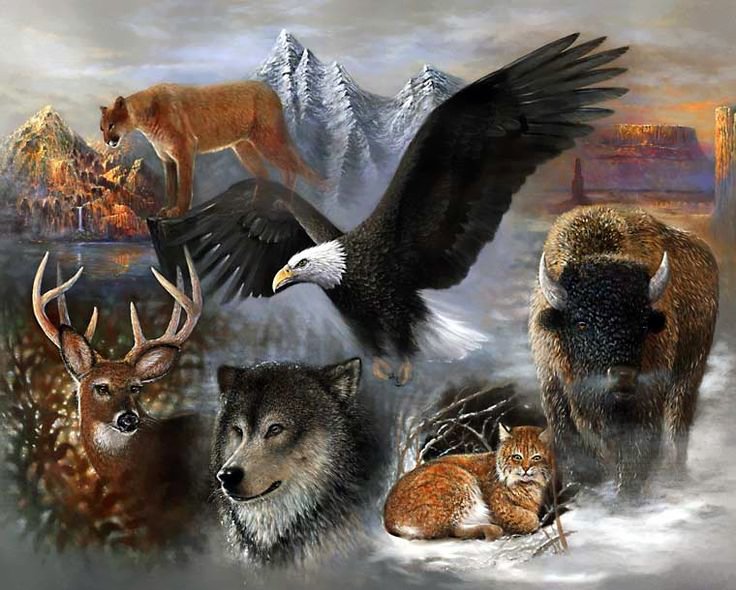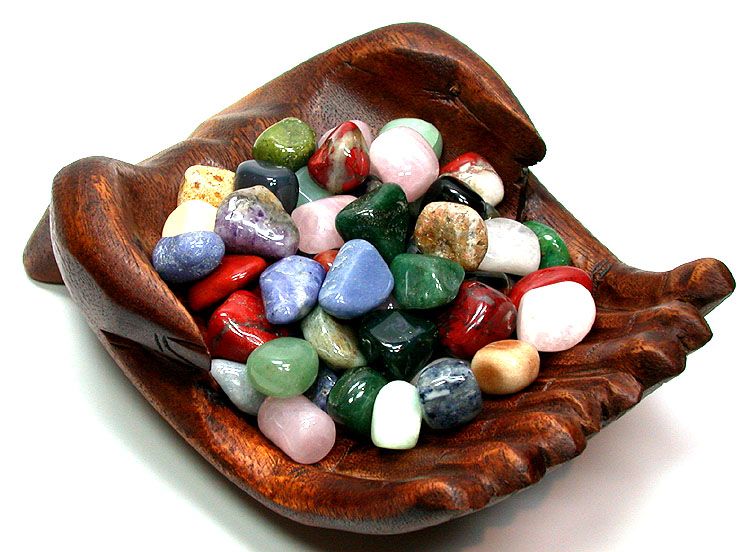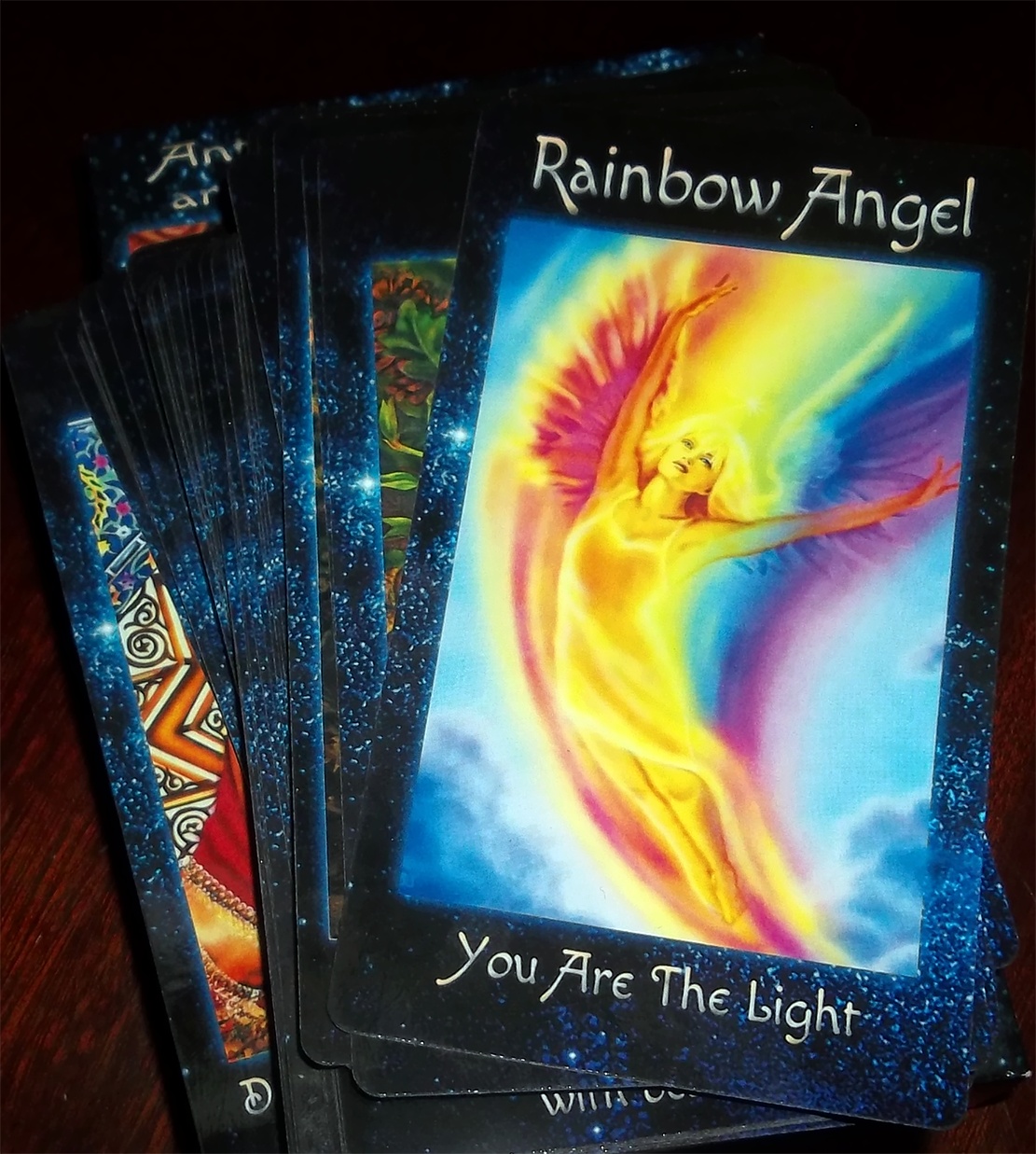Hammocking: The Science And Art Of Daydreaming
- Details
- Written by Semele Xerri

I’ve invented a new verb; hammocking. My partner recently pulled down a crumbling shed in a corner of our garden and replaced it with a hammock. I wasn’t convinced by the idea initially, but I’ve fallen in love with the reality of it.
The first time I lay full length in that hammock, up at the top of the garden where all you can see from your gently swaying, supremely comfortable position is sky and trees, I was immediately transported back to childhood.
Often, if I was alone in the house and the sun was pouring through the expansive windows at the back of our home, I would lie on my back on the carpet in that patch of sunshine, close my eyes, and let my mind drift as the warmth and light suffused my body. To me it felt magical, uplifting and nourishing.
I get that same sense now when I’m in the hammock; I always step out of it refreshed, clearer and often with the seeds of some exciting new ideas or possible approaches to any current challenge. It’s been known and accepted for a long time that in the sleep dreaming state our subconscious sifts through our memories of experiences and events, helping to release, process, and make sense of them. Or simulates life scenarios as a sort of practice run to help you in reality. Many renowned scientists have famously dreamed their most incredible discoveries. It was a dream about cows that led Einstein to his theory of relativity, and you’ll find many instances of my own inspiring dreams elsewhere in my Blog.
One of my absolute favourite films ever is Inception, written and directed by Christopher Nolan. It’s a jaw-dropping and engaging representation of the influence and potential buried in the deeper layers of consciousness we access in the dream state.
According to latest neuroscience research, daydreaming (like sleep dreaming) activates regions in the brain regions known as the default mode network (DMN). This network lights up and becomes more active when we’re not focused on a particular task or have any explicit goal of “thinking” in mind. This includes daydreaming, recalling memories, envisioning the future, observing the environment, pondering ourselves or the intentions of others. So if this happens every night in our sleep then why do I believe conscious day-dreaming or mind-wandering is so important?
Crucially, many of my clients complain that they can never remember their dreams at all, and it can take a lot of discipline to practice the techniques that enable dream recall. But everyone can sit or lie down for five or ten minutes in their day, just allowing their focus (or should I say defocus!) to shift and wander where it will. As there’s no loss of consciousness involved, it’s much easier to remember the inner journey you’ve taken and to write it down. I thoroughly recommend you keep a daydreaming notebook with you for just such moments.
Neuroscience research suggests that daydreaming improves performance in a number of ways:
Defocusing helps you to focus. So in the middle of a long, brain-pummeling work day, taking a break and visualizing the completion of your task or project helps you stay motivated and committed to it.
Activating the DMN enhances creativity, because it takes you out of the realm of reality and into the sphere of possibility.
Pausing and slowing down helps you to make better decisions. It makes you more patient, easing the frustration of having to wait for a delayed reward so you’re less likely to settle for a smaller, immediate one.
Creating space and time allows your intuition to speak to you. Alright, you’ve caught me, this is not actually a neuroscience finding but my own experiential conclusion. Intuitive wisdom could come in images, words, or sounds that may appear to have no relevance to anything but which could hold clues to major insights if you allow your mind to play with them. Many clients block themselves when connecting to their intuition because they’re trying too hard. Relaxing and letting go of effort, or a need to achieve anything in particular, can be all that’s needed to open up that inner doorway and let the light flood in.
Anyone want to join me for some hammocking?!
Liked this article? Dive deeper into personal growth and wellness! Check out CrystalWind.ca for spiritual wisdom or explore AromaWorx.ca for natural well-being tips. Spread the positivity—share this with friends on their happiness journey!
Let’s Chat! Drop Your Thoughts Below! ![]()
Latest Articles
Dive into the Mystical World of the Crystal Wind Oracle Deck!
Get All the Enchanting Details Now!
NEW Expanded Boxed Edition!
Now with 58 Cards for Richer Wisdom!
Imagine a world of inspiration and healing, free for all—made possible by YOU!
Donate Now—Ignite the Magic at CrystalWind.ca!

Epilepsy - Finding A Cure
Your donation can make a difference!
Help us find a cure – donate now!
Unlock Your Light: Join Lightworkers Worldwide on CrystalWind.ca!
Follow Us!
Featured This Month
Lammas by The Hedgewitch
Although in the heat of a Mid-western summer it might be difficult to discer... Read more
Egyptian Zodiac/Astrology
Egyptian astrology was one of the earliest forms of astrology. The Egyptians w... Read more
Abalone Shell
Echos Of The Ancestors Abalone strengthens the structure of the body and th... Read more
Chalcedony
The Stone Of Orators Chalcedony was very popular as a decorative stone in ant... Read more
Cancer Mythology
The Mythology of Cancer: A Celestial Tale of Loyalty and Sacrifice Among th... Read more
Lugh - Celtic God Of The Sun
The god Lugh was worshiped in Ireland as a deity of the sun. This connection... Read more
Sun in Cancer
Cancer Sun Sign Characteristics Overview The name "Cancer" comes from Latin, ... Read more
















































